All the information on this website is published in good faith and for general information purpose only. blog.medihertz.com does not make any warranties about the completeness, reliability and accuracy of this information.Read Our Disclaimer
Table of Contents
- Introduction
- Exploring the Rich Cultural Traditions of Asian American and Native Hawaiian Pacific Islander Heritage
- Celebrating the Contributions of Asian American and Native Hawaiian Pacific Islander Leaders
- Understanding the History and Significance of Asian American and Native Hawaiian Pacific Islander Heritage Month
- Highlighting the Diversity within Asian American and Native Hawaiian Pacific Islander Communities
- Promoting Awareness and Appreciation for Asian American and Native Hawaiian Pacific Islander Heritage
- Conclusion
Asian American And Native Hawaiian Pacific Islander Heritage Month
Asian American and Native Hawaiian Pacific Islander Heritage Month is observed in the United States during the month of May. This annual celebration aims to recognize and honor the contributions, achievements, and rich cultural heritage of Asian Americans and Native Hawaiian Pacific Islanders. It provides an opportunity to raise awareness about the diverse experiences and histories of these communities, as well as to promote inclusivity and appreciation for their significant impact on American society.
Asian American And Native Hawaiian Pacific Islander Heritage Month
Also Read-How are American Tourists treated in Japan
Exploring the Rich Cultural Traditions of Asian American and Native Hawaiian Pacific Islander Heritage
May is a month of celebration and recognition for the Asian American and Native Hawaiian Pacific Islander communities. It is a time to honor and explore the rich cultural traditions that have shaped these communities and contributed to the diverse fabric of American society. Asian American and Native Hawaiian Pacific Islander Heritage Month provides an opportunity to delve into the history, customs, and contributions of these vibrant communities.
The Asian American community encompasses a wide range of ethnicities, including Chinese, Japanese, Korean, Filipino, Indian, and many others. Each group brings its unique customs, languages, and traditions, creating a tapestry of diversity within the larger Asian American community. From the vibrant festivals of Lunar New Year to the solemn rituals of ancestral worship, Asian Americans have preserved their cultural heritage while embracing their American identity.
One of the most prominent cultural celebrations within the Asian American community is Lunar New Year. This festive occasion, also known as the Spring Festival, marks the beginning of the lunar calendar and is celebrated with great enthusiasm. Families gather to exchange gifts, share meals, and participate in various traditional activities such as lion dances, dragon parades, and firecracker displays. Lunar New Year is a time for reflection, renewal, and the strengthening of familial bonds.
Another significant aspect of Asian American culture is the practice of ancestral worship. Ancestral worship is deeply rooted in the belief that deceased family members continue to exist in the spiritual realm and can influence the lives of their living descendants. Families pay homage to their ancestors through rituals, offerings, and prayers. This practice not only honors the past but also reinforces the importance of family and the continuity of traditions across generations.
The Native Hawaiian Pacific Islander community, on the other hand, encompasses the indigenous peoples of Hawaii and other Pacific Island nations such as Samoa, Tonga, and Fiji. These communities have a rich history and cultural heritage that is deeply intertwined with the land and sea. Traditional practices such as hula dancing, canoe voyaging, and tattooing are integral to their identity and serve as a means of preserving their ancestral knowledge.
Hula dancing is a captivating art form that tells stories through graceful movements and gestures. It is a way for Native Hawaiians to connect with their ancestors, express their love for the land, and celebrate their cultural heritage. Hula is not just a dance; it is a way of life that embodies the values of respect, harmony, and aloha.
Canoe voyaging is another significant aspect of Native Hawaiian culture. Navigating the vast Pacific Ocean using only the stars, winds, and currents, ancient Polynesians were able to explore and settle the islands of Hawaii. Today, the art of canoe voyaging is kept alive through organizations like the Polynesian Voyaging Society, which aims to preserve traditional navigation techniques and promote environmental stewardship.
Tattooing, or tatau, is a sacred practice in many Pacific Island cultures. Tattoos serve as a form of personal and cultural expression, with each design carrying deep meaning and symbolism. They are a visual representation of one’s identity, heritage, and life experiences.
Asian American and Native Hawaiian Pacific Islander Heritage Month is an opportunity to appreciate and learn from the rich cultural traditions of these communities. By exploring their customs, languages, and contributions, we can foster a greater understanding and appreciation for the diversity that makes America truly unique. Let us celebrate the vibrant tapestry of Asian American and Native Hawaiian Pacific Islander heritage and honor the generations that have preserved these traditions for future generations.
Asian American And Native Hawaiian Pacific Islander Heritage Month
Also Read- What Is An LGBT Person: What Does Queer Mean In LGBT
Celebrating the Contributions of Asian American and Native Hawaiian Pacific Islander Leaders
May is Asian American and Native Hawaiian Pacific Islander Heritage Month, a time to celebrate and honor the contributions of these diverse communities to the fabric of American society. Throughout history, Asian Americans and Native Hawaiian Pacific Islanders have played pivotal roles in shaping our nation, from politics and activism to arts and culture. In this article, we will explore some of the remarkable leaders who have emerged from these communities and the lasting impact they have made.
One such leader is Dalip Singh Saund, the first Asian American elected to the United States Congress. Born in India in 1899, Saund immigrated to the United States in the 1920s to pursue higher education. Despite facing discrimination and exclusionary laws, he persevered and became a successful farmer and businessman. In 1956, Saund made history by winning a seat in the House of Representatives, where he championed civil rights and immigration reform. His groundbreaking achievement paved the way for future Asian American politicians and inspired generations to come.
Another influential figure is Patsy Mink, the first woman of color elected to the United States Congress and a tireless advocate for gender equality and education. Born in Hawaii in 1927, Mink faced discrimination as a Japanese American during World War II. Undeterred, she went on to become a lawyer and entered politics to fight for social justice. Mink co-authored Title IX, a landmark legislation that prohibits sex discrimination in education, and played a crucial role in expanding opportunities for women and girls in sports and academia. Her legacy continues to inspire women and minorities to pursue leadership roles and make a difference in their communities.
In the realm of arts and culture, Asian American and Native Hawaiian Pacific Islander leaders have also left an indelible mark. One such luminary is Yo-Yo Ma, a world-renowned cellist and cultural ambassador. Born to Chinese parents in Paris, Ma moved to the United States at a young age and quickly established himself as a prodigious talent. Throughout his career, he has used music as a bridge between cultures, promoting understanding and unity. Ma’s virtuosity and commitment to social change have earned him numerous accolades, including the Presidential Medal of Freedom, and his work continues to inspire audiences worldwide.
In the field of activism, Grace Lee Boggs stands out as a prominent figure. Born to Chinese immigrant parents in Rhode Island, Boggs dedicated her life to fighting for civil rights and labor rights. She played a pivotal role in the Black Power movement and worked alongside prominent activists such as Malcolm X and Martin Luther King Jr. Boggs believed in the power of grassroots organizing and community building, and her tireless efforts have left a lasting impact on social justice movements in America.
These are just a few examples of the countless Asian American and Native Hawaiian Pacific Islander leaders who have shaped our nation. Their stories serve as a reminder of the rich and diverse tapestry of American history and the importance of recognizing and celebrating the contributions of all communities. As we commemorate Asian American and Native Hawaiian Pacific Islander Heritage Month, let us honor these leaders and continue to strive for a more inclusive and equitable society.
Asian American And Native Hawaiian Pacific Islander Heritage Month
Also Read- Tips for Building a Healthy Relationship
Understanding the History and Significance of Asian American and Native Hawaiian Pacific Islander Heritage Month
May is Asian American and Native Hawaiian Pacific Islander Heritage Month, a time to celebrate and honor the rich history, culture, and contributions of Asian Americans and Pacific Islanders (AAPI) in the United States. This month provides an opportunity to deepen our understanding of the struggles and triumphs of these communities, and to recognize the importance of their heritage in shaping the diverse fabric of our nation.
The history of Asian Americans and Pacific Islanders in the United States is a complex and often overlooked one. It dates back to the 1800s when Chinese immigrants arrived in search of better economic opportunities during the California Gold Rush. However, their arrival was met with hostility and discrimination, leading to the passage of the Chinese Exclusion Act in 1882, which prohibited Chinese laborers from entering the country.
Despite these challenges, Asian Americans and Pacific Islanders persevered and made significant contributions to the growth and development of the United States. They played a crucial role in building the transcontinental railroad, working in industries such as agriculture, mining, and manufacturing. Their labor and resilience helped shape the economic landscape of the nation.
Asian Americans and Pacific Islanders also played a vital role in the fight for civil rights. During World War II, Japanese Americans faced unjust internment, as the government deemed them a threat to national security. Despite this injustice, many Japanese Americans served in the military and fought bravely for their country. Their sacrifices and resilience paved the way for the eventual recognition of their rights and the redress of their internment.
Asian American and Native Hawaiian Pacific Islander Heritage Month is an opportunity to reflect on these historical struggles and triumphs. It is a time to acknowledge the contributions of AAPI individuals in various fields, including science, technology, arts, politics, and more. From trailblazers like Patsy Mink, the first woman of color elected to Congress, to Yuri Kochiyama, a prominent civil rights activist, AAPI individuals have left an indelible mark on American society.
This month also serves as a reminder of the ongoing challenges faced by Asian Americans and Pacific Islanders. Hate crimes and discrimination against these communities have seen a disturbing rise in recent years, particularly during the COVID-19 pandemic. It is crucial to use this month as an opportunity to stand in solidarity with AAPI individuals and to actively work towards combating racism and xenophobia.
Understanding the history and significance of Asian American and Native Hawaiian Pacific Islander Heritage Month allows us to appreciate the diversity and richness of our nation. It encourages us to learn from the past and work towards a more inclusive and equitable future. By celebrating the achievements and contributions of Asian Americans and Pacific Islanders, we can foster a greater sense of unity and respect for all cultures and backgrounds.
In conclusion, Asian American and Native Hawaiian Pacific Islander Heritage Month is a time to honor the history, culture, and contributions of AAPI communities in the United States. It is an opportunity to reflect on the struggles and triumphs of these communities, recognize their contributions, and stand against discrimination. By understanding the significance of this month, we can foster a more inclusive and equitable society that celebrates the diversity of our nation.
Asian American And Native Hawaiian Pacific Islander Heritage Month
Also Read-How to Be Emotionally Intelligent in Romantic Relationships
Highlighting the Diversity within Asian American and Native Hawaiian Pacific Islander Communities
One of the most remarkable aspects of Asian American and Native Hawaiian Pacific Islander communities is the incredible diversity within each group. Asian Americans encompass a wide range of ethnicities, including Chinese, Indian, Filipino, Japanese, Korean, Vietnamese, and many more. Each of these ethnic groups brings its own distinct traditions, languages, and customs, contributing to the vibrant tapestry of Asian American culture.
Similarly, Native Hawaiian Pacific Islanders encompass a diverse range of ethnicities, including Native Hawaiians, Samoans, Tongans, Chamorros, and many others. These communities have their own unique languages, traditions, and histories, which have been passed down through generations.
It is important to recognize that within these communities, there is no single Asian American or Native Hawaiian Pacific Islander experience. Each individual has their own unique story, shaped by their family background, immigration history, and personal experiences. This diversity is what makes these communities so rich and vibrant.
Asian American and Native Hawaiian Pacific Islander Heritage Month provides an opportunity to celebrate and honor the contributions of individuals from these communities in various fields. From science and technology to arts and entertainment, Asian Americans and Native Hawaiian Pacific Islanders have made significant contributions to society. Their achievements have helped shape the cultural, social, and economic fabric of the United States.
For example, in the field of science and technology, Asian Americans have made groundbreaking discoveries and advancements. Dr. Michio Kaku, a Japanese American theoretical physicist, has made significant contributions to the field of string theory. His work has helped advance our understanding of the universe. Similarly, Dr. Jennifer Doudna, a Chinese American biochemist, co-developed CRISPR-Cas9, a revolutionary gene-editing technology that has the potential to transform medicine.
In the arts and entertainment industry, Asian Americans and Native Hawaiian Pacific Islanders have also left an indelible mark. Actors like Constance Wu, Mindy Kaling, and Daniel Dae Kim have broken barriers and paved the way for greater representation in Hollywood. Musicians like Bruno Mars, who is of Filipino and Puerto Rican descent, have achieved global success and have become cultural icons.
It is important to recognize that Asian American and Native Hawaiian Pacific Islander communities have faced unique challenges and struggles throughout history. From the Chinese Exclusion Act of 1882 to the internment of Japanese Americans during World War II, these communities have experienced discrimination and prejudice. However, they have also demonstrated resilience and strength in the face of adversity, contributing to the rich tapestry of American history.
Asian American and Native Hawaiian Pacific Islander Heritage Month serves as a reminder of the importance of embracing diversity and celebrating the contributions of all communities. By highlighting the incredible diversity within Asian American and Native Hawaiian Pacific Islander communities, we can foster a greater understanding and appreciation for the unique experiences and histories that shape their identities. Let us use this month as an opportunity to learn, celebrate, and honor the rich cultural heritage of these communities.
Asian American And Native Hawaiian Pacific Islander Heritage Month
Also Read- Success: The Power of Goal Setting: How to Achieve Success
Promoting Awareness and Appreciation for Asian American and Native Hawaiian Pacific Islander Heritage
May is a month of celebration and recognition for Asian Americans and Native Hawaiian Pacific Islanders (AANHPI). It is a time to promote awareness and appreciation for their rich heritage and contributions to American society. Asian American and Native Hawaiian Pacific Islander Heritage Month is an opportunity to honor the diverse cultures, traditions, and histories of these communities.
The origins of this month-long celebration can be traced back to the 1970s. In 1977, a congressional resolution was introduced to proclaim the first ten days of May as Asian Pacific American Heritage Week. This week was chosen to commemorate the arrival of the first Japanese immigrants to the United States on May 7, 1843, and the completion of the transcontinental railroad, largely built by Chinese immigrants, on May 10, 1869. Over time, this week-long celebration expanded to a month-long observance in 1990.
The purpose of Asian American and Native Hawaiian Pacific Islander Heritage Month is to raise awareness about the history, achievements, and challenges faced by these communities. It is an opportunity to recognize the contributions of Asian Americans and Native Hawaiian Pacific Islanders in various fields, including arts, sciences, politics, and business. By promoting awareness, we can foster a greater understanding and appreciation for the diverse cultures that make up our nation.
One of the key goals of this month is to dispel stereotypes and misconceptions about Asian Americans and Native Hawaiian Pacific Islanders. These communities are incredibly diverse, with roots in countries such as China, Japan, Korea, the Philippines, Vietnam, India, and many Pacific Island nations. Each group has its own unique history, traditions, and languages. By highlighting these differences, we can challenge the notion of a monolithic “Asian” or “Pacific Islander” identity and celebrate the richness of their individual cultures.
Throughout Asian American and Native Hawaiian Pacific Islander Heritage Month, various events and activities take place across the country. These include cultural festivals, art exhibitions, film screenings, panel discussions, and educational workshops. These events provide opportunities for people of all backgrounds to learn about and engage with the AANHPI community. They also serve as platforms for AANHPI individuals to share their stories, experiences, and talents.
Education plays a crucial role in promoting awareness and appreciation for Asian American and Native Hawaiian Pacific Islander heritage. Schools and educational institutions can incorporate lessons and activities that highlight the contributions of these communities. By teaching students about the history and achievements of Asian Americans and Native Hawaiian Pacific Islanders, we can foster a more inclusive and culturally aware society.
In addition to education, media representation is another important aspect of promoting awareness and appreciation. It is essential to have accurate and diverse portrayals of Asian Americans and Native Hawaiian Pacific Islanders in the media. By showcasing their stories and experiences, we can challenge stereotypes and provide a more nuanced understanding of these communities.
Asian American and Native Hawaiian Pacific Islander Heritage Month is a time to celebrate the vibrant cultures and contributions of these communities. It is an opportunity to promote awareness, challenge stereotypes, and foster a greater understanding and appreciation for the AANHPI community. By recognizing their history and achievements, we can work towards a more inclusive and culturally diverse society. Let us embrace this month as a chance to learn, celebrate, and honor the Asian American and Native Hawaiian Pacific Islander heritage that enriches our nation.
Asian American And Native Hawaiian Pacific Islander Heritage Month
Also Read- Who is Dakota Johnson
Conclusion
Asian American and Native Hawaiian Pacific Islander Heritage Month is an important celebration that recognizes and honors the contributions, achievements, and rich cultural heritage of Asian Americans and Native Hawaiian Pacific Islanders in the United States. It provides an opportunity to raise awareness about the diverse experiences and histories of these communities, and to promote inclusivity and understanding. This month-long observance serves as a platform to appreciate the significant impact that Asian Americans and Native Hawaiian Pacific Islanders have had on shaping the nation’s history, culture, and society. It also encourages dialogue, education, and appreciation of the unique traditions, languages, and customs of these communities. Overall, Asian American and Native Hawaiian Pacific Islander Heritage Month is a time to celebrate and embrace the diversity and contributions of these vibrant communities.
Free Tools By Medihertz
Follow us on
E Mail us
Donate and support us for this Wonderful Cause.
Your Smallest Effort Can help us
Create a Better World.

Or, Just Pay For A coffee To Medihertz

Further Read
Success is a concept that has been sought after by individuals and societies throughout history. It is often defined as the achievement of one’s goals or the attainment of wealth, fame, or power. However, success can have different meanings for different people. Some may see it as reaching a certain level of financial stability, while others may view it as finding happiness and fulfillment in their personal lives. Regardless of how it is defined, success is a universal desire that drives individuals to work hard and strive for greatness. In this essay, we will explore the various aspects of success and how it can be achieved. Read More
When it comes to enhancing your mental wellbeing, various studies have presented compelling evidence supporting the implementation of five crucial steps. By consciously incorporating these practices into your daily routine, you can effectively elevate your mental health and overall sense of wellbeing. Engaging in these activities has the potential to foster a more positive outlook on life, enabling you to fully embrace its opportunities and experiences. Read More
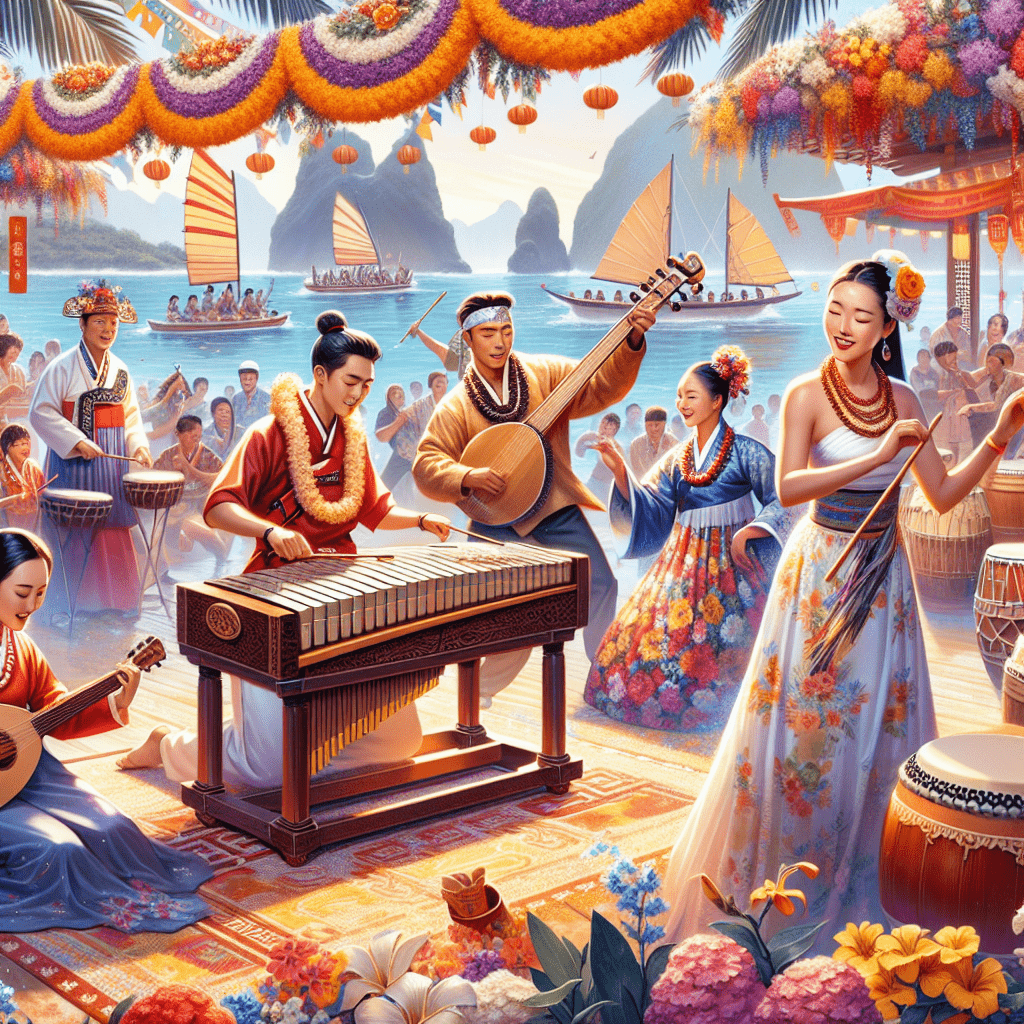
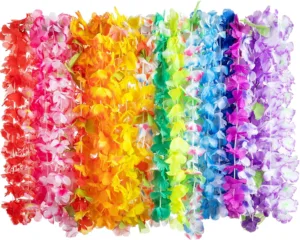
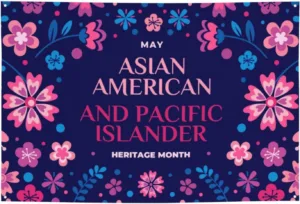
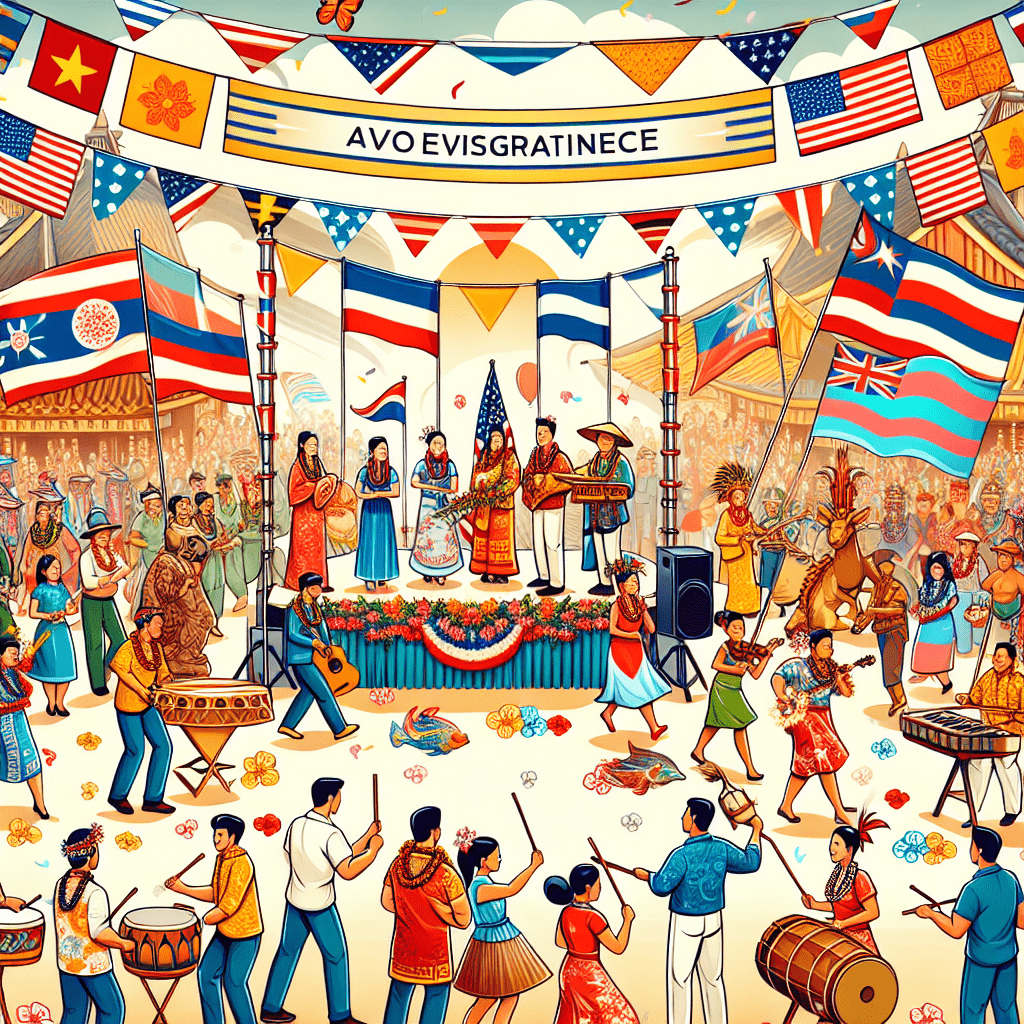








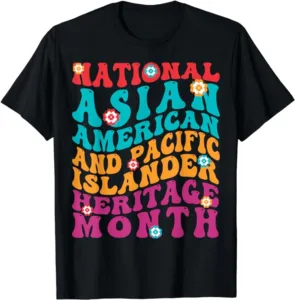
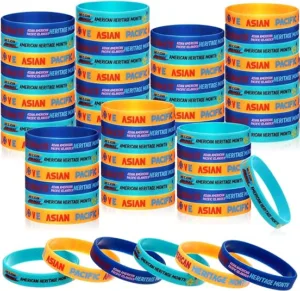





F*ckin’ tremendous things here. I am very glad to see your post. Thanks a lot and i am looking forward to contact you. Will you please drop me a e-mail?
I am curious to find out what blog system you have been using? I’m having some small security issues with my latest site and I’d like to find something more safeguarded. Do you have any suggestions?
excellent points altogether, you just gained a brand new reader. What would you recommend about your post that you made some days ago? Any positive?
Lovely blog! I am loving it!! Will be back later to read some more. I am taking your feeds also
You really make it seem so easy together with your presentation however I in finding this matter to be really one thing which I feel I would by no means understand. It sort of feels too complicated and very extensive for me. I’m taking a look forward for your next publish, I will try to get the cling of it!
F*ckin¦ amazing issues here. I¦m very satisfied to peer your post. Thank you so much and i am having a look ahead to contact you. Will you please drop me a mail?
What Is FitSpresso? FitSpresso is a natural weight loss supplement that alters the biological cycle of the body to burn more calories and attain a slim and healthy body
Very interesting information!Perfect just what I was searching for! “The right to be heard does not autmatically include the right to be taken seriously.” by Hubert Humphrey.
[…] Also Read-Asian American And Native Hawaiian Pacific Islander Heritage Month […]